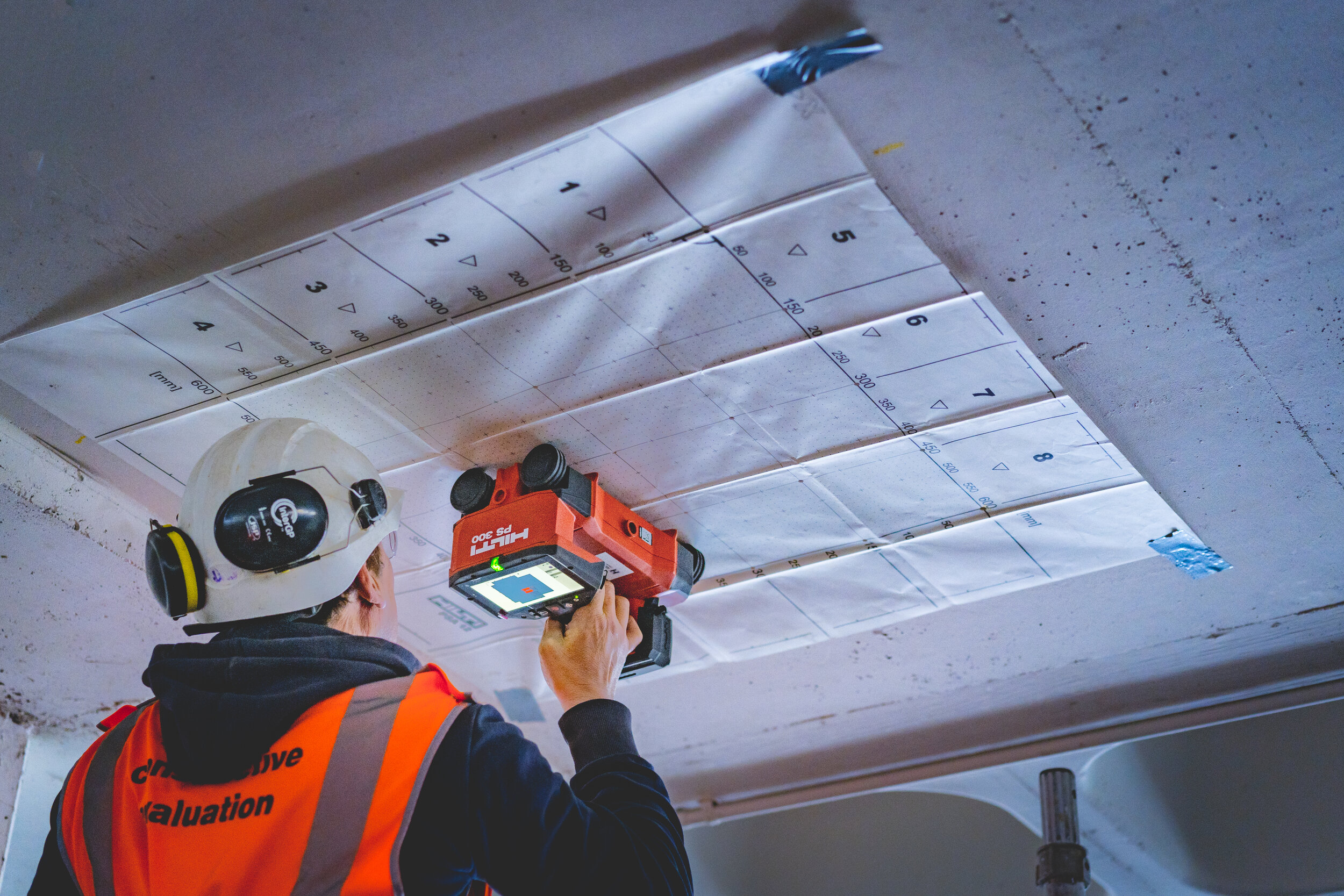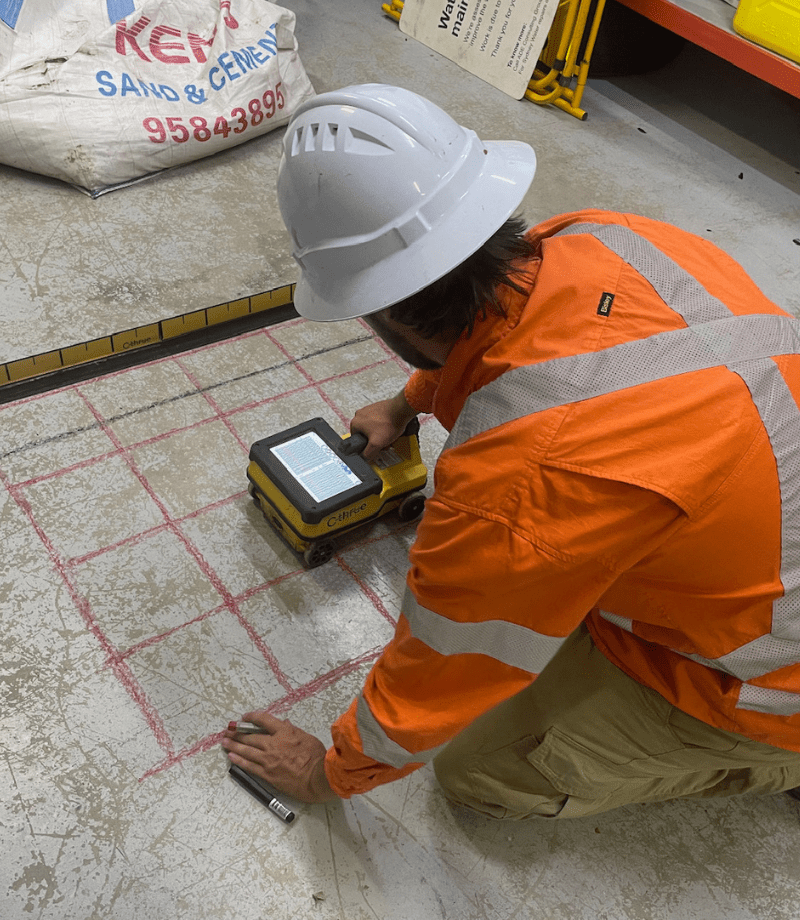Comprehensive Guide to RainierGPR Concrete Scanning Techniques
Comprehensive Guide to RainierGPR Concrete Scanning Techniques
Blog Article
Exploring the Midst: A Comprehensive Guide to Concrete Scanning and Its Diverse Applications
In the realm of construction and infrastructure advancement, the meticulous procedure of concrete scanning holds a crucial role in ensuring the structural honesty and security of projects. As technology proceeds to evolve, the applications of concrete scanning have broadened much past simple surface-level assessments.
Value of Concrete Scanning
Comprehending the importance of concrete scanning is important in making certain the safety and security and stability of structures during building and construction and remodelling projects. Concrete scanning utilizes sophisticated technologies such as ground-penetrating radar (GPR) and electro-magnetic induction to detect ingrained things, spaces, or various other anomalies within concrete frameworks.
In addition, concrete scanning plays an essential duty in guaranteeing compliance with building ordinance and laws that mandate the protection of existing structural components throughout building activities. By accurately drawing up the internal make-up of concrete, scanning technologies enable construction professionals to make educated choices that promote the structural security and resilience of buildings and framework tasks. Essentially, the importance of concrete scanning exists in its capability to secure both the structural honesty and the workers associated with building and construction undertakings.
Technologies Made Use Of in Concrete Scanning
Concrete scanning counts on sophisticated modern technologies such as ground-penetrating radar (GPR) and electro-magnetic induction to properly discover embedded objects and anomalies within concrete structures. Ground-penetrating radar operates by emitting high-frequency electromagnetic waves right into the concrete. When these waves run into different products or voids within the concrete, they jump back to the surface, enabling the GPR system to produce an in-depth subsurface photo. This technology is especially efficient in locating rebar, post-tension wires, conduits, and various other items embedded in concrete.
Electromagnetic induction, on the other hand, functions by creating magnetic fields around a concrete framework through a transmitter coil. When steel items exist within the concrete, they disrupt these magnetic fields, triggering eddy currents to stream via the steel. By determining the modifications in the electromagnetic fields with a receiver coil, the system can pinpoint the area of metal items in the concrete.
These advanced modern technologies play a critical role in non-destructive screening, ensuring the security and integrity of concrete frameworks in numerous sectors.
Applications in Construction Market
Within the building sector, concrete scanning technology finds diverse applications that enhance job effectiveness and security. One key application is the detection of rebar, post-tension wires, and other embedded objects before drilling or cutting into concrete structures. By accurately drawing up these aspects, building and construction groups can avoid expensive problems, ensure architectural honesty, and stop prospective safety and security dangers. In addition, concrete scanning is utilized for locating spaces, such as air pockets or areas of deterioration within concrete, which can endanger the overall stamina of a framework. By recognizing these voids early, building experts can take necessary actions to address them and keep the why not try this out longevity of the structure. Concrete scanning plays an important role in top quality control by validating the thickness of concrete covers over reinforcement, guaranteeing compliance with design specs and requirements. Overall, the applications of concrete scanning in the construction industry add substantially to streamlining task workflows, minimizing risks, and delivering premium results.

Safety Benefits of Concrete Scanning
In the realm of building and construction safety and security, the implementation of concrete scanning innovation offers a critical advantage in preemptively recognizing possible dangers and strengthening architectural honesty. By using advanced scanning techniques such as ground-penetrating radar (GPR) and electromagnetic induction, construction groups can precisely locate rebar, post-tension cords, avenues, and other surprise items within concrete frameworks. This positive method dramatically reduces the risk of unintentional strikes during boring, reducing, or coring activities, thus stopping costly damages, injuries, and job delays.
Additionally, concrete scanning boosts employee safety and security by offering real-time info regarding the structural condition of concrete elements. By dealing with prospective security issues promptly, concrete scanning contributes to producing a safe and secure working environment and alleviating the possibility of architectural failures or mishaps on construction sites.
Future Fads in Concrete Scanning
Emerging innovations in scanning innovation are poised to reinvent the field of concrete examination and evaluation. One major fad that is getting traction is the combination of expert system (AI) and maker learning algorithms into concrete scanning devices. By utilizing the power of AI, these systems can assess vast amounts of data gathered throughout scanning procedures to provide even more accurate and comprehensive insights into the problem of concrete frameworks. This can help in spotting concealed defects, predicting prospective architectural failings, and also advising upkeep approaches.
Another substantial pattern is company website the growth of more straightforward and mobile scanning tools. Miniaturization of scanning devices enables simpler accessibility to constrained spaces and remote locations, making evaluations extra reliable and detailed. Furthermore, advancements in cordless interaction modern technologies allow real-time data transfer and analysis, assisting in quicker decision-making processes.
Moreover, there is an expanding concentrate on sustainability in concrete scanning innovations - RainierGPR Concrete Scanning. Manufacturers are significantly including environment-friendly materials and energy-efficient features right into their tools to decrease environmental effect. These future patterns are set to improve the performance, precision, and sustainability of concrete scanning methods, shaping the industry's future landscape
Final Thought
In verdict, concrete scanning plays an important duty in the building market by guaranteeing the safety and security and effectiveness of numerous projects. By using innovative innovations, such as GPR and radar imaging, specialists have the ability to precisely identify possible dangers within concrete structures. The applications of concrete scanning are huge and continue to develop, making it a necessary device for maintaining the stability of buildings and infrastructure. As technology advances, the future of concrete scanning holds promising developments for boosting building and construction processes.

Report this page